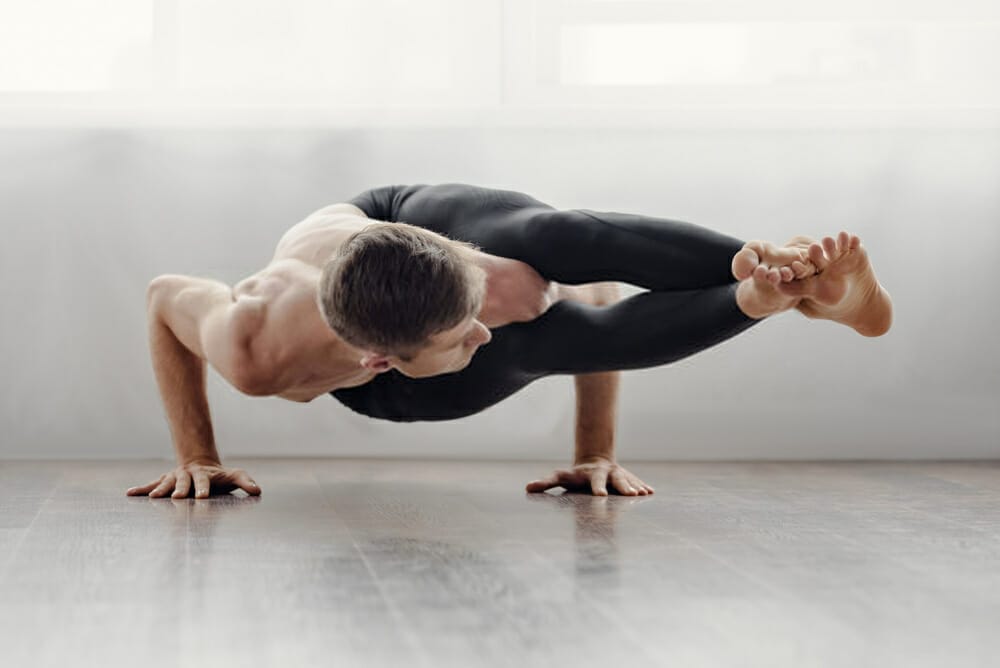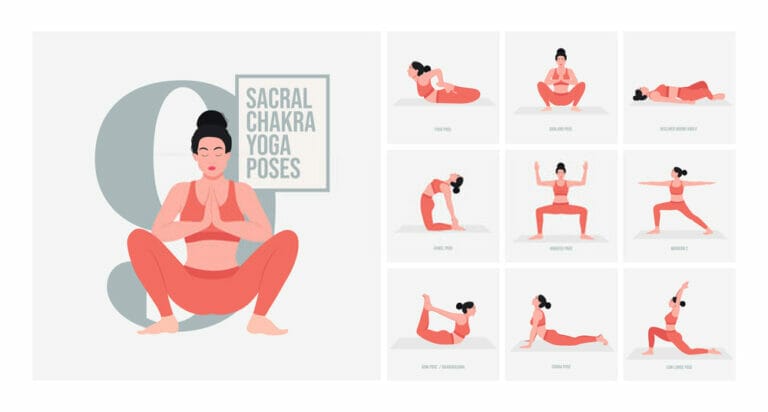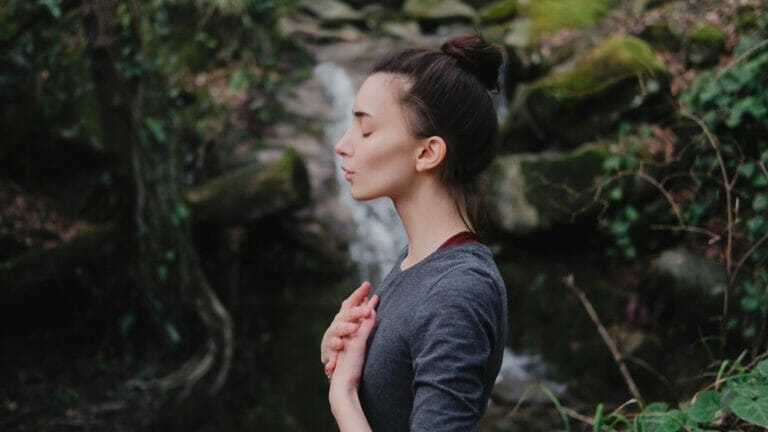What is Purpose, Benefits, and Advantages of Ashtanga Yoga
Ashtanga has been the most popular style of yoga in the Western world since the late 1990s.
Ashtanga is based on a strenuous physical practice consisting of a series of postures connected with the breath to make a continuous sequence.
The technique necessitates a high degree of physical strength, flexibility, and endurance, which is why many people see it as a strenuous and challenging workout.
Adding an Ashtanga yoga class to your routine is a fantastic way to maintain your mind and body healthy and strong, whether you’re new to yoga or searching for something unique as your objectives change.
About Ashtanga yoga
In the early twentieth century, T. Krishnamacharya developed Ashtanga Yoga as a customized practice for his youthful, dynamic pupil K. Pattabhi Jois.

The fast-paced sun salutation moves are said to have been influenced by Indian wrestlers' and gymnasts' routines.
Jois was a diligent pupil who polished and promoted this new technique before instructing others.
These thrilling and demanding posture routines were created to detoxify the body and provide the serenity of the mind. They gave rise to many distinct forms of hot yoga, flow or Vinyasa Yoga, and power yoga.
The term Ashtanga is a two Sanskrit words, “Ashta” and “Anga.” “Ashta” is the number eight, while “Anga” is a limb or physical component.
As a result, Ashtanga integrates the eight limbs of yoga into a single, comprehensive, and holistic discipline.
These eight limbs of yoga reflect the many aspects of the philosophy of the yoga sutras, which serve as the foundation of the Ashtanga Yoga School.
The Ashtanga philosophy combines all of yoga's eight limbs: Yama, Niyama Asana, Pranayama, Pratyahara, Dharana, Dhyana, and Samadhi.
Purpose of Ashtanga yoga
Ashtanga’s intense physical practices are about breaking through mental blockages and emotional baggage to build mental clarity, mindful breathing, physical strength, flexibility, and endurance.
The practice's structure and regularity help you swiftly enhance your body and overall wellbeing. The posture sequence establishes a solid foundation that allows one to concentrate on the inner limbs of the yoga sutras.
It can be hard to understand the structure of Ashtanga yoga unless you take the “whole picture” approach, which is what makes it so perfect for students new to yoga.
Benefits of Ashtanga yoga
The Ashtanga yoga form is a trendy and practical branch of Hatha yoga. It is a strenuous physical practice consisting of a series of postures connected with the breath to make a continuous sequence.
You can practice it for varying lengths of time, based on the practitioner's needs. The powerful poses and deep breathing practices help burn calories, strengthen muscles, and relax the mind all at once.
Advantages of Ashtanga yoga
Increases focus and creativity
The Ashtanga yoga style is known for its intense physical practice. The fast-paced sun salutation moves were inspired by Indian wrestlers’ and gymnasts’ routines, which help practitioners focus their energy.

Improves flexibility
The stretching aspect of Ashtanga yoga is beneficial in improving flexibility. Practitioners are encouraged to increase their range of movements to get deeper into each pose.
Even if you've never done Ashtanga before, you can start by following the fundamental postures taught in the first three series.
Reduces stress and anxiety
This form of yoga has become so popular because the poses are held longer than many other styles—like Bikram or Vinyasa yoga—allowing practitioners to feel the stretch and holding position.
Strengthens the body
All poses require a certain amount of strength, so many people see it as a strenuous and challenging workout.
However, adding this pose to your routine is a fantastic way to keep your mind and body healthy and strong, whether you're new to yoga or searching for something unique.
Reduces Back Pain
The Ashtanga yoga style is also effective in reducing back pain and improving your overall lower body strength. Practising this form of yoga can significantly reduce pain and improve your posture.
Improves the immune system
All of the stretching aspects within this form of yoga can help improve your body’s immunity. In addition, the regularity and consistency build a solid mind-body connection that will keep you healthy and feeling good for years to come.
Helps in Toning Muscles
All of the postures in Ashtanga yoga help you tone your muscles. The deep breathing and sweating aspects help you lose weight and become more toned overall.
It can also improve your body's metabolism by working out different muscle groups.
Emotional Stabilization
Asanas can cleanse your emotions as well as your muscles and joints. You will discover a balance between your feelings and emotions if you practice Ashtanga.
Dynamic asanas will assist you in dealing with emotionally challenging situations. It will aid in the processing and resolution of pain and suppressed emotions.
When you balance your emotions, your organs and entire body will function more effectively, and you will see how closely your body and mind are linked.
Cardiovascular Fitness
The Ashtanga yoga style works on the cardiovascular and respiratory systems. The practice requires a lot of energy and stamina and is a great way to stay in shape and help with your overall health.
Improves Mindfulness
The postures in Ashtanga yoga are very peaceful and calming when practised correctly. However, they require deep concentration, which is why they are so effective at improving mindfulness skills.
Controls Weight
The Ashtanga yoga form of practice helps you to control your weight and weight loss. As you become more fit and feel more energetic, you will find it easier to shed pounds and keep them off.

Reduces Risk of Injuries
The combination of strengthening and stretching postures in Ashtanga yoga gives you better flexibility and balance. As a result, it reduces the risk of injuries when exercising or performing any physical activity.
Improves Meditation Skills
The Ashtanga yoga form is also very effective in improving your meditation skills. Some people’s meditation skills are directly proportional to the length of time they practise Ashtanga yoga.
Lowers Blood Pressure
It can also lower your blood pressure. Regular practise of this style will help you reduce stress and anxiety, which can cause spikes in your blood pressure.
It is a quick way to change your physical and mental state, allowing you to return to a peaceful and relaxed mindset.
Improves sleep
By practising this style, deep breathing techniques will relieve any tension you may have had during the day and help you relax and fall asleep easier at night.
Conclusion
Ashtanga yoga is the most advanced form of yoga practice, especially with other physical styles like Bikram or Vinyasa.
However, you can still take it up even if you are new to the course. It is essential, to begin with the fundamentals and works your way up.
Because of its robust approach, Ashtanga yoga is not for everybody. It requires dedication and consistency to realize its benefits fully.
I hope you found this helpful article. Feel free to share this information with your friends, family, and others interested in using Ashtanga yoga to its full potential.
Doing so will help you spread awareness of the fantastic effects that practising Ashtanga yoga has to offer.







